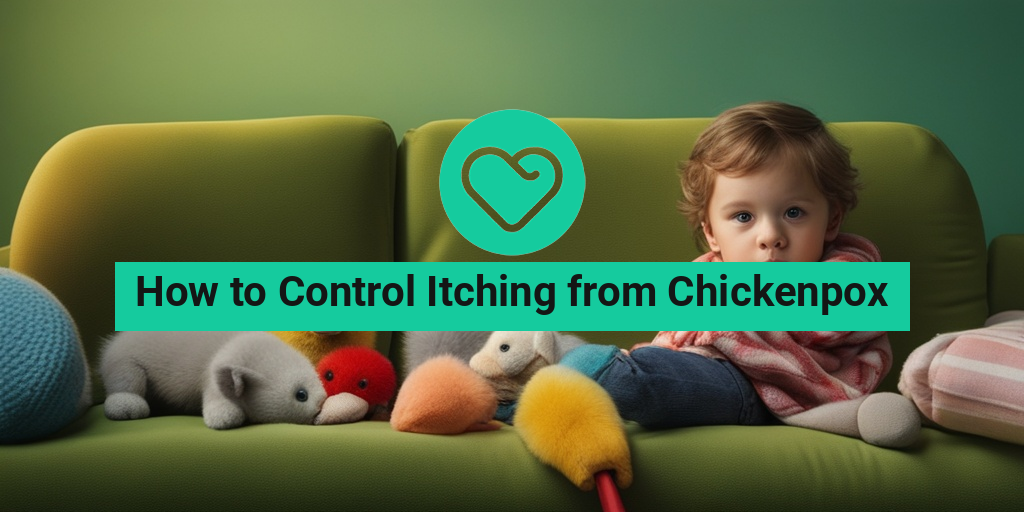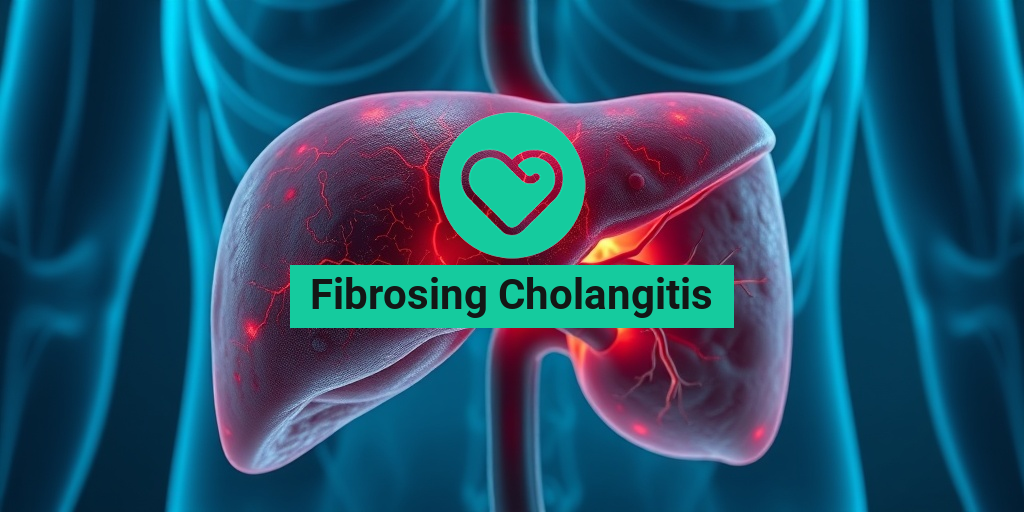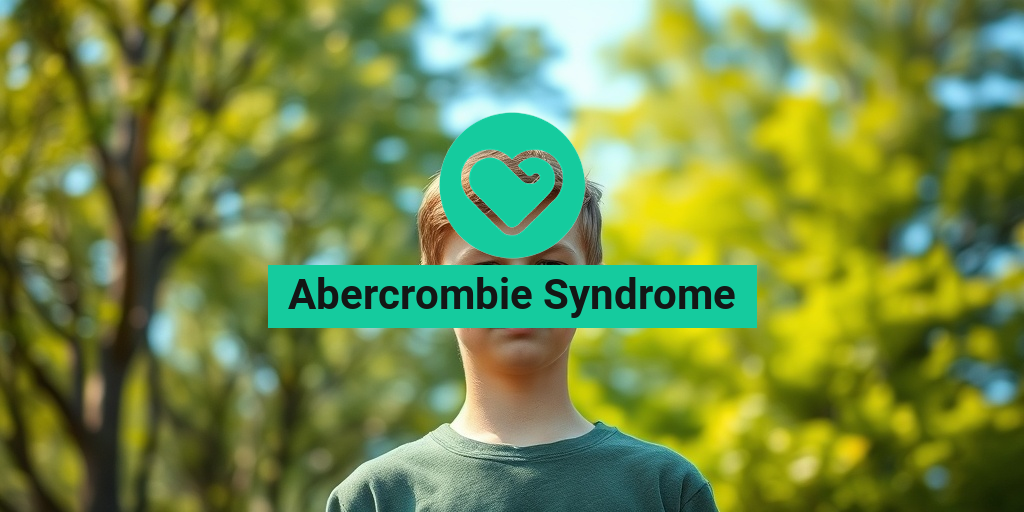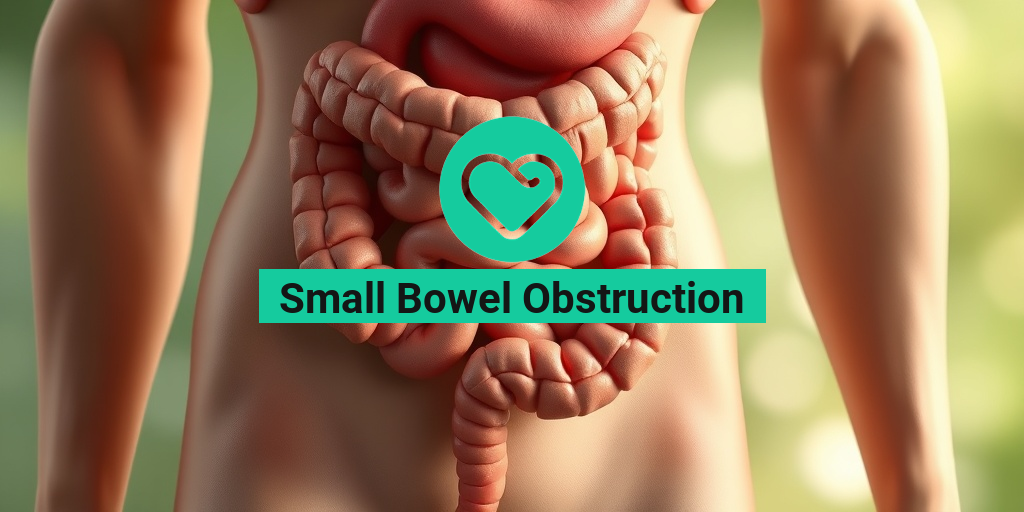What Is Chickenpox?
Chickenpox, also known as varicella, is a highly contagious illness caused by the varicella-zoster virus. It’s characterized by an itchy, blister-like rash that spreads across the body, accompanied by fever, headache, and fatigue. 🤒
Chickenpox is most common in children under the age of 12, but anyone can get it, regardless of age. The virus spreads through contact with an infected person’s saliva, mucus, or rash blisters. It can also be spread through the air when an infected person coughs or sneezes. 🤧
The symptoms of chickenpox typically appear within 10-21 days after exposure to the virus. The rash usually starts on the trunk, scalp, and face, and then spreads to other parts of the body. The blisters will eventually crust over and scab, leaving behind a pinkish spot that will fade over time. 🌈
Understanding Itching in Chickenpox
One of the most uncomfortable and frustrating symptoms of chickenpox is the intense itching that comes with it. The itching can be so severe that it disrupts daily activities, sleep, and even mental well-being. 😩
The itching in chickenpox is caused by the release of histamine, a chemical that stimulates nerve endings in the skin. This leads to an intense sensation of itching, which can be exacerbated by the blistering and crusting of the rash. 🤕
In some cases, the itching can be so severe that it leads to scratching, which can further irritate the skin and increase the risk of infection. This is why it’s essential to learn how to control itching from chickenpox to minimize discomfort and prevent complications. 💡
In the next section, we’ll explore some effective ways to control itching from chickenpox and provide relief from this uncomfortable symptom. Stay tuned! 👉
Please let me know if you want me to continue with the next section.
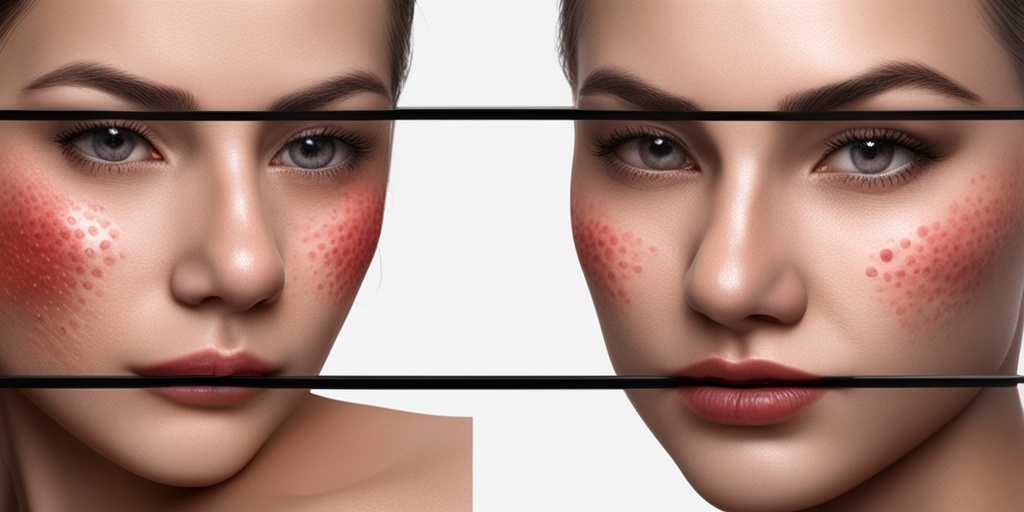
Why Does Chickenpox Itch?
Chickenpox, also known as varicella, is a highly contagious illness caused by the varicella-zoster virus. One of the most frustrating and uncomfortable symptoms of chickenpox is the intense itching that comes with it. But why does chickenpox itch in the first place?
The Science Behind the Itch
When the varicella-zoster virus infects the skin, it causes the skin cells to become inflamed and irritated. This inflammation leads to the release of histamine, a chemical that stimulates the nerve endings in the skin, causing the sensation of itchiness. The virus also causes the skin to become dry and sensitive, making the itching even more unbearable.
The Role of the Immune System
The immune system plays a crucial role in the itching associated with chickenpox. When the immune system detects the presence of the virus, it sends white blood cells to fight the infection. This immune response can cause the skin to become even more inflamed and itchy.
Home Remedies to Relieve Itching
While there is no cure for chickenpox, there are several home remedies that can help relieve the itching and discomfort associated with it. Here are some of the most effective remedies:
Oatmeal Baths
Oatmeal has anti-inflammatory and soothing properties that can help relieve itching and reduce inflammation. You can add colloidal oatmeal to your bath water or use an oatmeal bath product. Soak in the bath for 15-20 minutes to get relief from itching.
Coconut Oil
Coconut oil is rich in antioxidants and has anti-inflammatory properties that can help soothe itchy skin. Apply coconut oil directly to the affected areas several times a day to get relief from itching.
Baking Soda
Baking soda can help neutralize the pH of the skin and reduce itching. Mix baking soda with water to form a paste and apply it to the affected areas. Let it sit for 10-15 minutes before rinsing off with warm water.
Cool Compresses
Cool compresses can help reduce itching and inflammation. Soak a cloth in cool water, wring it out, and apply it to the affected areas. You can also use a cold compress or an ice pack wrapped in a cloth.
Aloe Vera
Aloe vera has anti-inflammatory and soothing properties that can help relieve itching and reduce inflammation. Apply aloe vera gel directly to the affected areas several times a day to get relief from itching.
Remember, while these home remedies can provide relief from itching, they may not cure chickenpox. It’s essential to consult with a doctor to get a proper diagnosis and treatment plan. 🏥
In the next section, we’ll explore more ways to control itching from chickenpox, including over-the-counter medications and prescription treatments. 💊

Over-the-Counter Medications for Itching
When it comes to controlling itching from chickenpox, over-the-counter (OTC) medications can be a lifesaver. These medications can provide quick relief from the constant scratching and discomfort associated with chickenpox. Here are some OTC medications you can consider:
Antihistamines
Antihistamines are a popular choice for relieving itching and reducing the risk of scratching the skin, which can lead to infection. Diphenhydramine (Benadryl) is a common antihistamine that can be used to treat itching associated with chickenpox. However, be sure to follow the recommended dosage and consult with your doctor before giving it to children.
Hydrocortisone Cream
Hydrocortisone cream is a topical steroid that can help reduce inflammation and itching. It’s available in different strengths, but for chickenpox, a mild strength (0.5-1%) is usually sufficient. Apply the cream to the affected area 2-3 times a day to reduce itching and inflammation.
Oatmeal Baths
Oatmeal baths are a natural way to soothe itchy skin, and you can find oatmeal bath products at most pharmacies. Colloidal oatmeal, in particular, has anti-inflammatory and moisturizing properties that can help relieve itching and irritation. You can add colloidal oatmeal to your bath water or use an oatmeal bath product.
Natural Ways to Soothe Itchy Skin
In addition to OTC medications, there are several natural ways to soothe itchy skin and reduce the discomfort associated with chickenpox. Here are some natural remedies you can try:
Coconut Oil
Coconut oil is a natural moisturizer that can help soothe itchy skin. Apply coconut oil to the affected area 2-3 times a day to reduce itching and inflammation. You can also add a few drops of tea tree oil to coconut oil for its antiseptic properties.
Baking Soda
Baking soda can help neutralize the pH of the skin and reduce itching. Mix 1 tablespoon of baking soda with 1 tablespoon of water to create a paste. Apply the paste to the affected area 2-3 times a day to reduce itching and inflammation.
Cool Compresses
Cool compresses can help reduce itching and inflammation by constricting the blood vessels. Soak a cloth in cool water, wring it out, and apply it to the affected area for 10-15 minutes. Repeat the process as needed to reduce itching and discomfort.
Remember, it’s essential to consult with your doctor before trying any new medications or remedies, especially if you have a weakened immune system or are taking other medications. By combining OTC medications with natural remedies, you can find relief from the constant itching and discomfort associated with chickenpox. 💊🌿

When to See a Doctor for Itching
While itching from chickenpox can be uncomfortable and frustrating, in most cases, it’s a normal part of the healing process. However, there are certain situations where it’s essential to seek medical attention to ensure the infection doesn’t worsen or lead to complications. 🤕
Severe Itching and Discomfort
If the itching becomes severe, causing significant discomfort, and is accompanied by other symptoms like fever, chills, or nausea, it’s crucial to consult a doctor. In such cases, your healthcare provider may prescribe antihistamines or other medications to alleviate the itching and reduce the risk of infection.
Signs of Infection
Keep an eye out for signs of infection, such as:
- Pus-filled blisters or crusty scabs that don’t heal
- Increased redness, swelling, or warmth around the affected area
- Foul odor or discharge from the blisters
- Fever above 102°F (39°C)
If you notice any of these signs, seek medical attention immediately. Your doctor may need to prescribe antibiotics to treat the infection.
Underlying Health Conditions
If you have an underlying health condition, such as a weakened immune system, or are taking medications that suppress the immune system, it’s essential to consult a doctor if you experience itching from chickenpox. Your healthcare provider will provide guidance on managing the infection and preventing complications.
Preventing Scratching and Infection
Preventing scratching and infection is crucial to ensure the chickenpox rash heals quickly and reduces the risk of complications. Here are some tips to help you do so:
Oatmeal Baths
Oatmeal baths can provide relief from itching and reduce inflammation. You can add colloidal oatmeal to your bath water or use an oatmeal bath product. 🛀
Moisturizers and Topical Creams
Apply moisturizers or topical creams, such as calamine lotion, to soothe the skin and reduce itching. Look for products that are gentle and fragrance-free to avoid further irritating the skin.
Cool Compresses
Apply a cool compress to the affected area to reduce itching and inflammation. You can use a damp cloth or a cold compress wrapped in a cloth to avoid direct contact with the skin.
Keep Fingernails Clean and Short
Keep your fingernails clean and short to prevent scratching and infection. Wash your hands frequently, especially after touching the affected area.
By following these tips and seeking medical attention when necessary, you can effectively manage itching from chickenpox and reduce the risk of complications. 💊
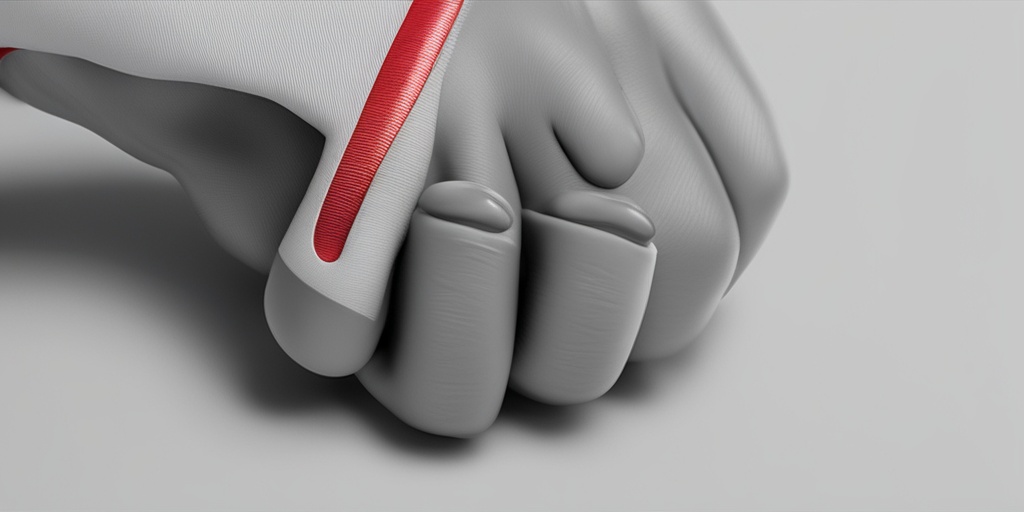
Frequently Asked Questions about Controlling Itching from Chickenpox
How to Relieve Itching from Chickenpox?
Relieving itching from chickenpox can be achieved through various methods. Some of the most effective ways include:
- Oatmeal baths: Oatmeal has anti-inflammatory and soothing properties that can help reduce itching and inflammation.
- Calamine lotion: This topical cream can help reduce itching and inflammation, providing relief from the discomfort.
- Cool compresses: Applying a cool, wet cloth to the affected area can help reduce itching and inflammation.
- Antihistamines: In some cases, antihistamines can be prescribed to help relieve itching and reduce the risk of scratching the skin, which can lead to infection.
How to Stop Itching During Chickenpox?
Stopping itching during chickenpox can be challenging, but there are some strategies that can help:
- Keep the skin moisturized: Keeping the skin moisturized can help reduce itching and inflammation.
- Wear loose, comfortable clothing: Wearing loose, comfortable clothing can help reduce irritation and discomfort.
- Avoid scratching: Scratching can lead to infection and further complications, so it’s essential to avoid scratching the affected area.
- Take cool baths: Taking cool baths can help reduce itching and inflammation, providing relief from the discomfort.
How to Reduce Itching During Chickenpox?
Reducing itching during chickenpox can be achieved through a combination of home remedies and medical treatments:
- Apply topical creams: Topical creams such as calamine lotion or hydrocortisone cream can help reduce itching and inflammation.
- Take antihistamines: In some cases, antihistamines can be prescribed to help relieve itching and reduce the risk of scratching the skin.
- Use cool compresses: Applying a cool, wet cloth to the affected area can help reduce itching and inflammation.
- Practice good hygiene: Keeping the skin clean and dry can help reduce itching and prevent infection.
How to Control Itching from Chickenpox in Children?
Controlling itching from chickenpox in children can be challenging, but there are some strategies that can help:
- Keep the child cool: Keeping the child cool can help reduce itching and inflammation.
- Use topical creams: Topical creams such as calamine lotion or hydrocortisone cream can help reduce itching and inflammation.
- Distract the child: Distracting the child with toys, games, or other activities can help reduce scratching and itching.
- Keep the child’s fingernails clean and short: Keeping the child’s fingernails clean and short can help reduce the risk of scratching and infection.
How to Prevent Chickenpox Rash from Spreading?
Preventing the chickenpox rash from spreading can be achieved through:
- Practicing good hygiene: Keeping the skin clean and dry can help prevent the rash from spreading.
- Avoiding close contact: Avoiding close contact with others can help prevent the spread of the virus.
- Wearing loose, comfortable clothing: Wearing loose, comfortable clothing can help reduce irritation and discomfort.
- Keeping the affected area covered: Keeping the affected area covered can help prevent the rash from spreading.
I hope this FAQ helps answer some of the most common questions about controlling itching from chickenpox! 🤕

